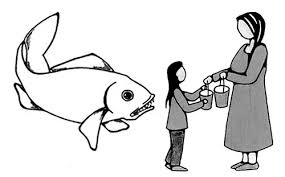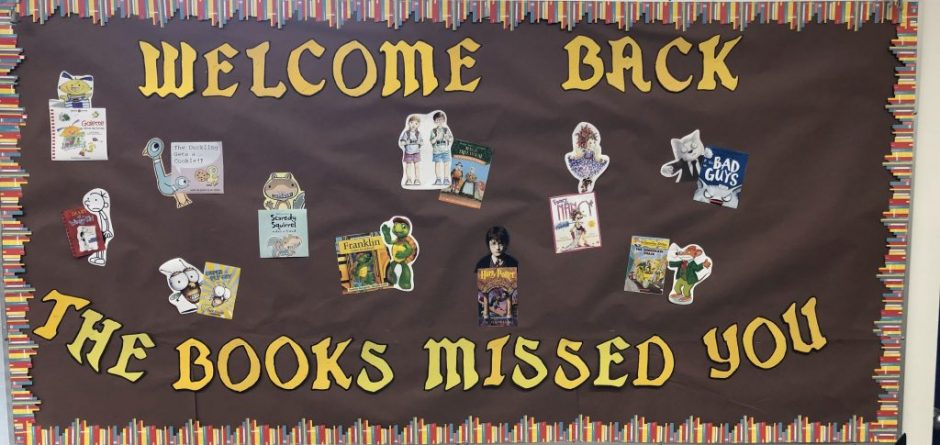 Listen to this story: The Granddaughter who was Eaten by a Big Fish
Listen to this story: The Granddaughter who was Eaten by a Big Fish
Discussion — The Granddaughter who was Eaten by a Big Fish
After telling the students “The Granddaughter who was Eaten by a Big Fish,” we asked them to talk about some of the themes of the story. The following questions helped unpack the story.
- Why didn’t Gookum want her granddaughter to swim in the lake?
- What was Beulah’s reaction when she was told not to swim in the lake? Do you think that was the right way to act?
- Why did Beulah disobey Gookum? Do you think there may have been other ways for her to cool off without swimming in the lake?
- How did Gookum react when she discovered Beulah in the big fish? How do you think she felt?
- Do you think Beulah learned something? What did she learn?
- What did you learn?
We learned that stories are a valuable way to inform young people about the values and beliefs that First Nations consider important to their members. Teaching stories fall into different categories. Some are similar to fables, with explicit morals, others open-ended. This story is subtle, possibly even obscure, and is left to the students or listeners to discover. The discovery story educates listeners gradually. The goals or morals of the story reveal themselves to the listener, as his or her life experiences develop.
What was difficult about this activity?

